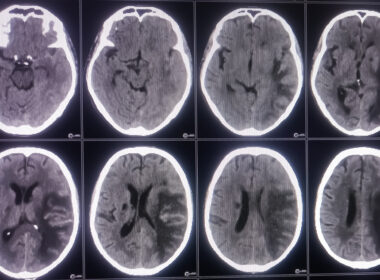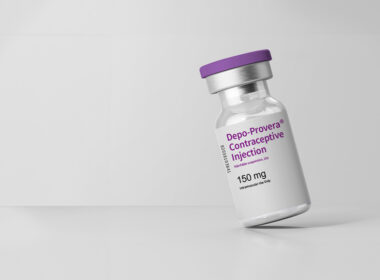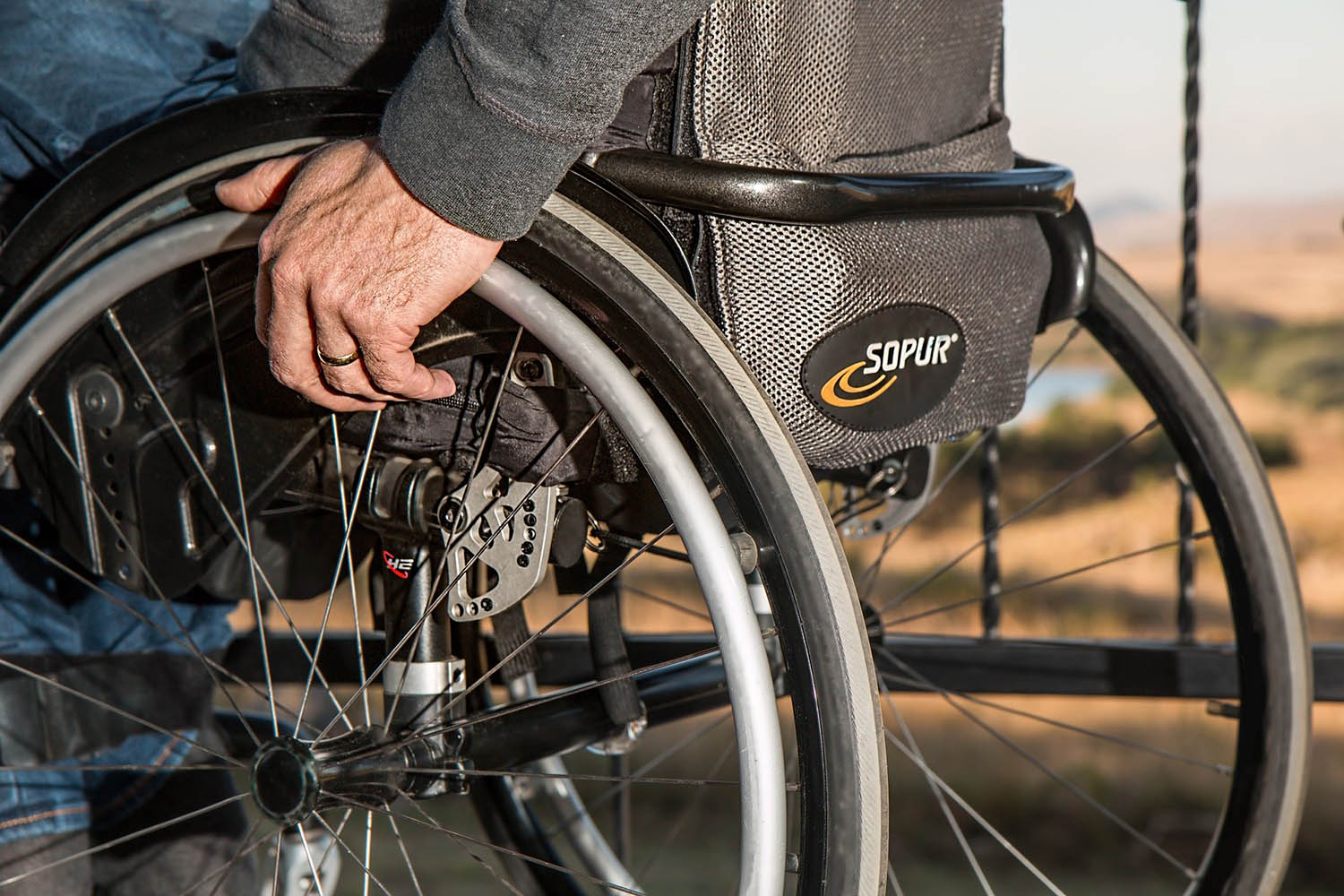What is Intravenous (IV) therapy?
Intravenous (IV) therapy is used to deliver fluid medication, electrolytes or nutrients through veins in the body using a needle. IV therapy is a quick and useful way to deliver medication and nutrients directly into the bloodstream instead of waiting for the digestive system to process them. The procedure itself is relatively simple. A needle (cannula) is placed into the patient’s vein allowing a catheter to be inserted into the vein so that fluids can be delivered.
What is IV infiltration and what is IV extravasation?
IV Infiltration and extravasation are harmful events that can occur during vein access and specifically IV access. They can be minimized with extra training and assistance from vein access tools.
Although IV therapy is widely used for treatment due to its efficiency, complications can arise and lead to serious damage. For example, improper IV administration can lead to:
- IV infiltration: occurs when the fluid or medicine that is supposed to go into the vein, leaks out and goes into the surrounding tissue. This sometimes happens when the tip of the catheter slips out of the vein, the catheter passes through the wall of the vein, or the blood vessel wall allows part of the fluid to infuse into the surrounding tissue. The leakage of infuscate into the tissue causes bulging in the tissue, which can subsequently compress the vein and block it. The effect of the solution on tissue cells will depend on the chemical makeup of the solution.
- IV extravasation: when the infiltration of a toxic fluid occurs this is known as an extravasation. There is an infiltration of a vesicant or chemotherapeutic drug and can lead to permanent tissue destruction, blistering, and other tissue injuries. This results in pain at the IV site and along the vein.
Both IV infiltration and IV extravasation are common complications of IV therapy. There are a number of reasons infiltration and extravasation occurs. It can be caused by an improper insertion of the needle, a shift in the catheter or failure to monitor the patient by the healthcare professional.
IV infiltration is a common complication of intravenous (IV) therapy. According to the Journal of Infusion Nursing, 35%-50% of IVs fail: “Catheter failure is costly to patients, caregivers, and the health care system. Although advances have been made, analysis of the mechanisms underlying the persistent high rate of peripheral IV failure reveals opportunities for improvement.”
Signs and symptoms of IV infiltration/ extravasation include:
- Swelling at, or near the IV site
- Tightness on the skin
- Pain, burning, discomfort
- Feeling of cool skin
- Skin discoloration
- Lack of blood circulation
This could lead to the following IV infiltration/ extravasation complications:
- Permanent damage in tissue or death (necrosis)
- Permanent disability
- Amputation
Can You File a Medical Malpractice Claim Over IV Infiltration Injuries?
Yes you can file a medical malpractice lawsuit for these kinds of injuries. IV infiltration and extravasation malpractice is more common than you think. Every patient expects a standard level of care from health professionals. In order to avoid IV medical mistakes or malpractices, health professionals must take steps to prevent risks and complications:
- Insert the needle properly
- Choose the right catheter size
- Ensure an appropriate IV site
- Regularly ask the patient how they feel
- Follow all safety protocols
In order to minimize risks and complications, medical professionals must monitor the patient consistently in order to detect any complications early.
When a medical professional fails to take these steps, their failure to act can put the patient at risk and lead to severe harm. If you or a loved one has suffered from IV complications, you may have a medical malpractice claim. As a plaintiff, it would be necessary for your attorney to prove the damages including pain, suffering, medical expenses, economic losses, disability, etc.
Speak to a professional regarding your legal options. At Justpoint, we evaluate your case for free and get powerful results by carefully listening to your unique case, and matching you with the right attorney in your area. We’re here to point you in the right direction towards justice, offering real advice.












